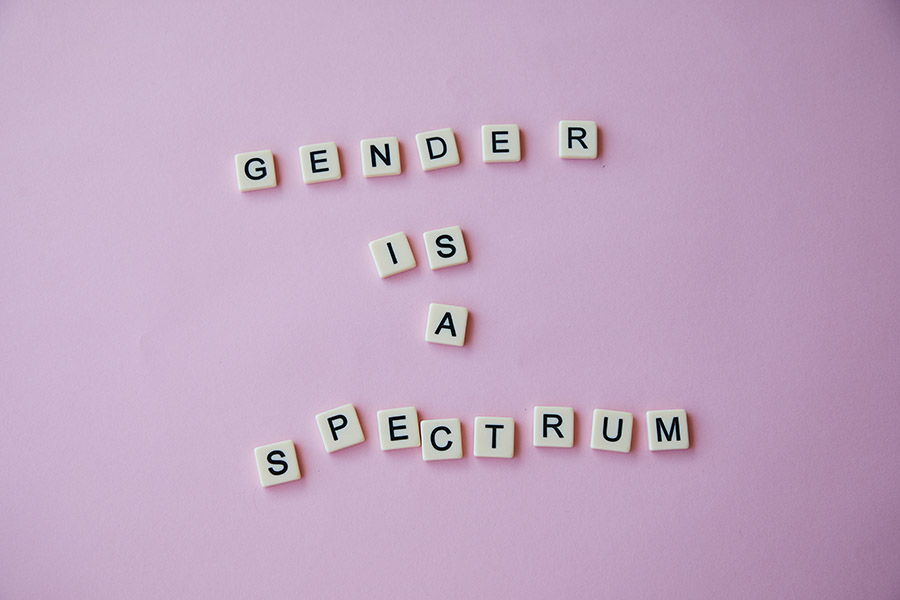Binary-heteromasculine genus language German in the focus of the verbalisation for all
Gender and sexuality was and is still commonly perceived as female and male – heterobinary. The legal recognition of those born intersex or intergender was an important step, but has not yet reached everyone socially, which is also reflected in the standard language and its standardization. Thus, only sporadic and isolated terms such as divers for intersex and other neologisms such as gender or genderfluid from the field of gender and gender identity have been included in the current Duden edition. This only additive inclusion of genderisms changes very little in the predominance of heteromasculine determined gender, since the lexicological integration within the semantic relations is missing.
The pre-feminist and heterobinary structuring of the vocabulary has not really been touched, for this would require a qualtitative incorporation of sexuality and gender as an actual umbrella term for all humans with the sub-concepts of gender, gender identity and the sexual orientations – with heterosexual as one among them and not the sexuality par excellence. This equation of heteromasculine with general human sexuality persists. A shifting within the gendered hierarchies of sexuality has not yet occurred. However, it is a prerequisite for a reconceptualization and reorientation of sex, gender, and identity.
The following goals of this proseminar emerge from this tension between all movements against heteromasculine domination in language: The gendercritical analysis and deconstruction of the general human as masculine within all genders/sexualities or gender identities on a conceptual level (catgeories, hierarchies incl. heteromasculine hegemony in language such as animate : inanimate, human : animal, masculine : feminine) and quite specifically the analysis of the generic masculine and prefeminist person references including categories of meaning in word motivation, linguistic registers as well as pluricentrism.
